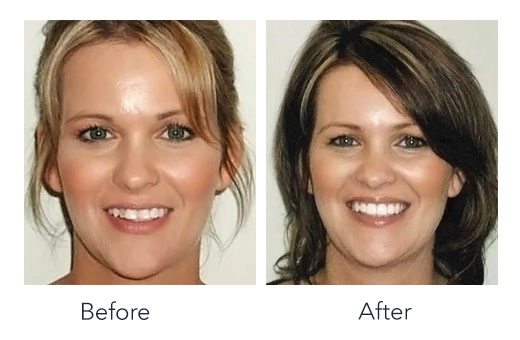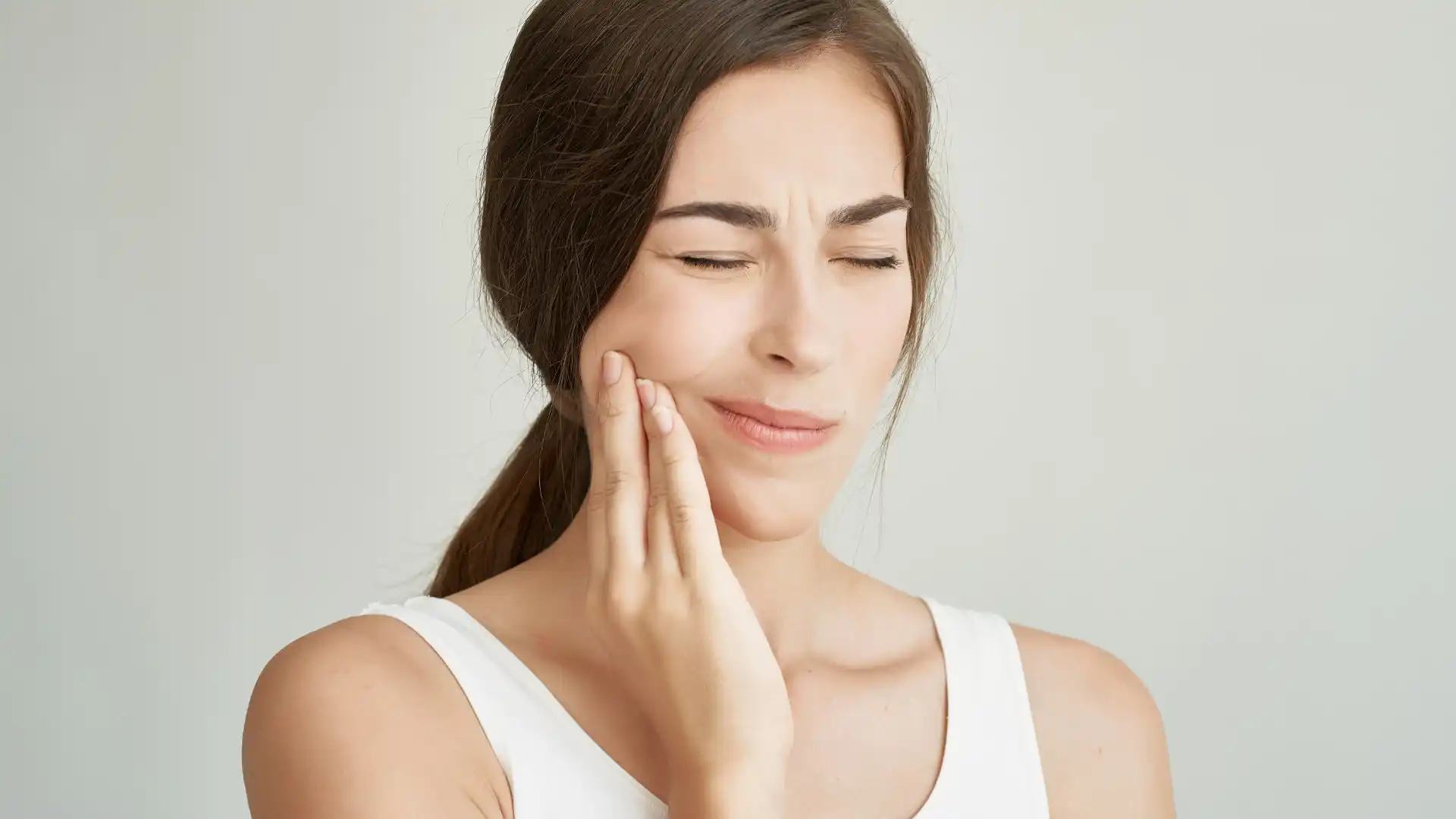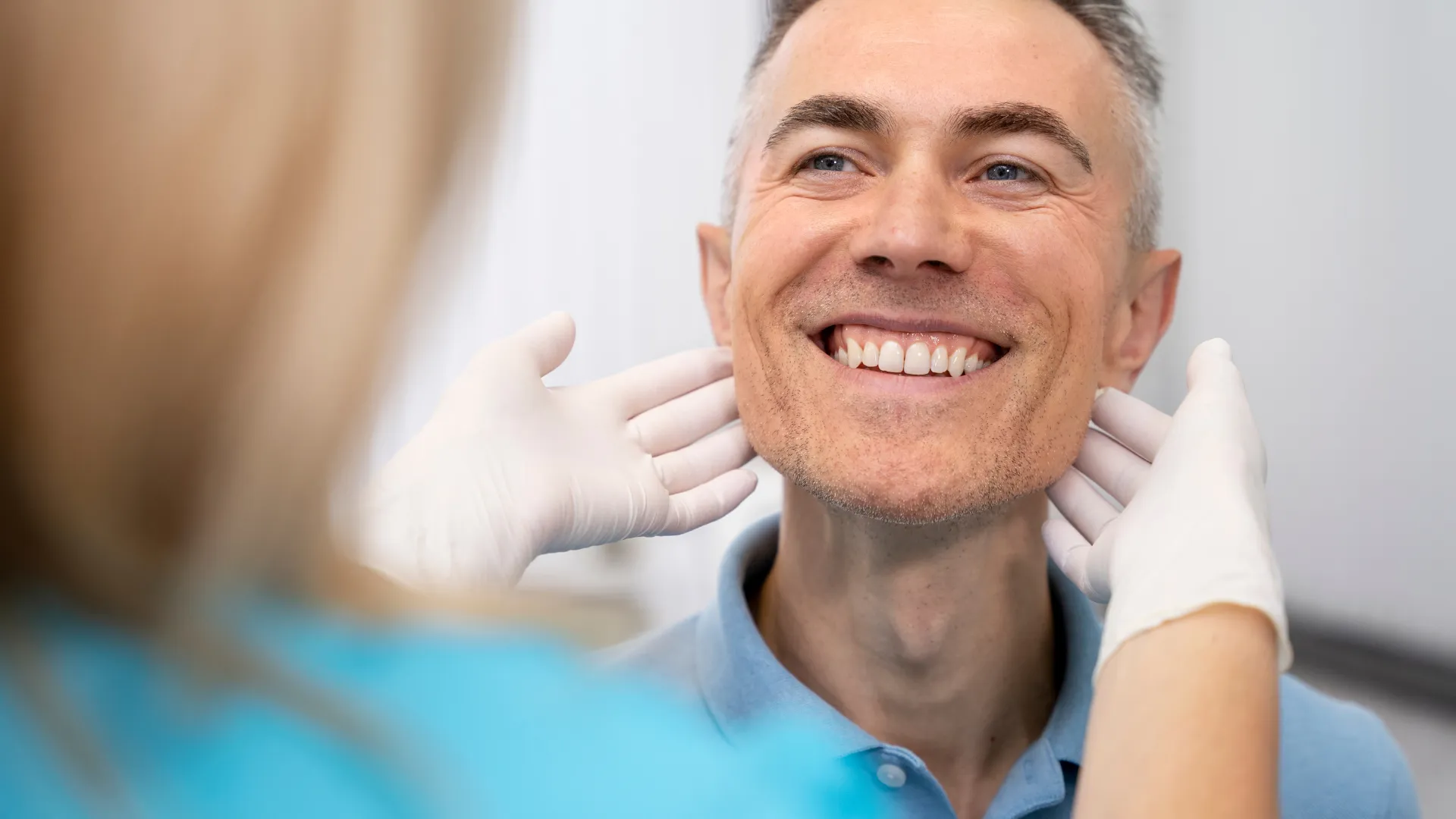Jawline reconstruction surgery requires careful attention, expertise, and significant experience. While patients with overbites and underbites may opt for jaw surgery, those who are newly encountering these terms might find themselves perplexed. Here, we offer an overview of jaw surgery, overbites, and underbites to enlighten you on this consequential matter.
Jaw Surgery Definition
Jaw surgery, otherwise called orthognathic surgery, is a corrective operation used to fix malformations or misalignments in the jaw and facial structure. It is characterized by surgical manipulation of the upper jaw (maxilla), lower jaw (mandible), or both, for better function, looks, and mouth health. This surgical procedure is designed to address conditions such as overbites, underbites, facial asymmetries, and breathing problems associated with jaw position. This procedure is usually performed by oral and maxillofacial surgeons working closely with orthodontists for a better outcome.
Jaw Surgery Before/After by Dr. Burak
Dr. Burak focuses his practice on jaw surgery, providing a complete solution to patients who are in search of improvement in jaw alignment and facial harmony. Jaw surgery is not performed without careful examination of the patient by Dr. Burak, including diagnostic imaging, and dental and facial structures analysis. In a careful planning process, along with consideration of the specific needs and goals of the patient, Dr. Burak prepares an individualized treatment plan.
The before and after results of jaw surgery by Dr. Burak show remarkable enhancements in facial harmony, bite function, and quality of life of patients who have had the surgery.


What Is An Underbite?
Prognathism is also referred to as an underbite which is a type of dental malocclusion in which the lower teeth protrude beyond the upper teeth when the jaw is closed. This afferent pattern can influence both aesthetic and functional aspects of the teeth and jaws, resulting in chewing, speech, and oral hygiene problems. People with underbites may have some problems with their self-esteem as it is quite obvious that there is an imbalance in their face profile.
What Causes Underbite Jaw?
Several factors contribute to the development of an underbite jaw, including: Several factors contribute to the development of an underbite jaw, including:
1.Bad Oral Habits
One of the examples is the habit of thumb sucking, force of the tongue, or a prolonged use of a pacifier during childhood that creates a pressure on teeth and jaws that leads to the shift of the alignment of the teeth and jaws. These poor oral behaviors can interfere with the normal growth and development of the jaw, thereby forming an underbite.
2.Genetics
A genetic predisposition is important in shaping jaw structure and tooth position. Underbites are often observed to run in families due to some genetic factors affecting the size and placement of the jaws related to each other.
3.Injury
Such injuries dentition and jaw line may be deformed or fractured. TMJ may be affected by accidents, sports injuries or physical trauma, leading to an underbite.
What Is An Overbite?
Overbite, also known as a deep bite or class II malocclusion, is a condition in which the upper incisors overlapped the lower incisors in a vertical direction. This dental problem poses aesthetic issues, speech impediments, and increased susceptibility to dental issues like tooth wear and gum recession.
Top 3 Causes of an Overbite Jaw
Several factors can contribute to the development of an overbite jaw, including: Several factors can contribute to the development of an overbite jaw, including:
1.Teeth Grinding
Bruxism is the term used for teeth grinding, which is an oral habit known for the clenching and grinding of teeth especially during sleep. Overlapping of the teeth is usually developed in a longer period of constant grinding during which excessive force is constantly being placed on the teeth leading to their uneven wear.
2.Overcrowding
Dental crowding takes place when there is not enough room in the jaw for all the teeth to fit in an appropriate manner. Consequently, the teeth will tend to misalign or overlap, therefore causing an overbite. Genetic factors, early loss of primary teeth, or anomalies of eruption can lead to overcrowding.
3.Tongue Pressing
Tongue thrusting, a habitual pressing of the tongue against the back of the upper front teeth, can play a role in formation of an overbite. The repetition of the force applied by the tongue will cause the upper front teeth to be pushed forwards and the lower front teeth to be pushed backwards, leading to an unbalanced bite.
Jaw Treatment Solutions by Dr. Burak Sercan
Dr Burak Sercan provides various treatment options for jaw related problems that include orthodontic interventions, jaw surgery, and adjunctive therapies to improve facial aesthetics and function. By means of a thorough and individualized treatment planning, Dr. Burak adapts every approach to meet the patient’s unique needs and goals.
Regardless of the need for correcting the underbite, overbite, or any other jaw abnormalities, Dr. Burak skill and commitment to quality patient care allow for the best outcome and overall improvement in the patient’s quality of life, for someone who seeks life-altering jaw treatment options.










